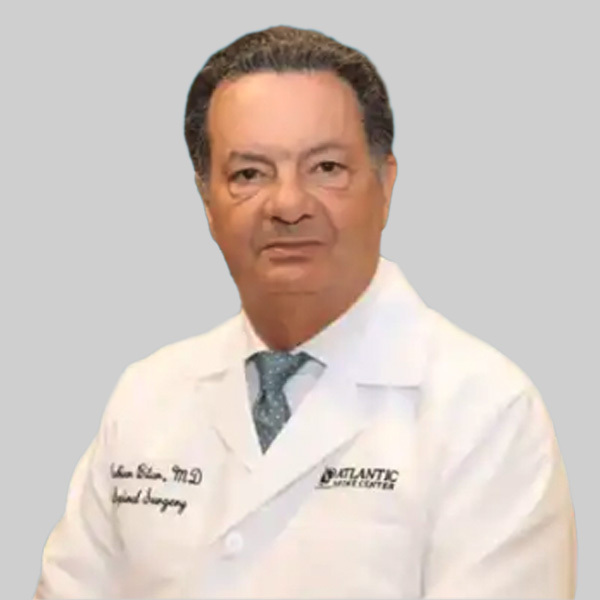Cervical Spondylosis refers to arthritis in the neck, a very common condition in elderly patients. Most people over the age of 65 have cervical spondylosis, though many may not feel the symptoms for some time. The cervical region of the spine contains seven vertebrae, all of which have soft discs between them for cushioning. When cervical arthritis occurs, these disks dehydrate and shrink or degenerate, providing less of a buffer between bones. As a result, bone spurs, growths, or nerve irritation and compression may develop.
SYMPTOMS
Though over 90% of those 65 and older have cervical spondylosis, many may not feel the symptoms until the arthritis worsens to the point where it compresses the spinal cord. Compression of the spinal cord can cause abnormal nerve function. This produces symptoms such as:
- Tingling in arms and hands
- Numbness or weakness in the extremities
- Difficulty walking
- Lack of bowel or bladder control
CAUSES
Arthritis of the neck, or cervical spondylosis, usually occurs simply from aging. The years of wear on the discs between vertebrae makes them more susceptible to damage.
- Herniated discs – Years of wear on the discs may cause them to tear or slip from position, causing swelling which will usually compress nerve roots and cause pain.
- Dehydrated discs – After the age of 40, cervical discs have undergone enough wear to begin dying. They retain less water and begin to shrink, providing less cushion between vertebrae when moving.
- Calcium buildup – With age, calcium may begin to build on bones and in attached ligaments. Bone spurs, or patches of calcium, may attach to the cervical vertebrae as the body attempts to strengthen them, which narrows the spinal canal and can compress the spinal cord. As ligaments that support movement in the cervical region begin to calcify, they stiffen and allow much less flexibility.
DIAGNOSIS
To diagnose Cervical Spondylosis, a physical medicine & rehabilitation doctor (physiatrist) will test the range of motion of the patient’s neck to determine how much mobility is compromised. To check if nerves or the spinal cord are being compressed, the patient’s reflexes are tested.
- X-rays will allow the doctor to see any bone spurs or bone grinding, and rule out tumors or fractures.
- MRI testing may help the doctor pin point the location of compressed nerves.
- In cases where nerve function may seem compromised, an EMG may be necessary. This will record the signals that nerves send to muscles to make them move, locating any nerve abnormalities.
- During an EMG, a Nerve Conduction Study is usually given as well to measure the strength and speed of the nerve signals.
TREATMENT
Treatment options for cervical spondylosis depend on the severity of the symptoms. Arthritis cannot be cured, but pain can be managed to optimize daily physical function and prevent permanent nerve damage in the future.
- Physical Therapy – Guided exercises will help strengthen and stretch cervical muscles, supporting the neck and providing pain relief.
- Cervical Epidural Steroid Injection – Corticosteroids are directly injected into epidural area of the problematic discs in the cervical region, providing anti-inflammatory pain relief.
- Cervical Radiofrequency Ablation – A needle is inserted into the cervical area next to the cervical nerve roots, which then sends radiofrequency waves to ablate them, or stop nerves from sending pain signals.
- Viscosupplementation Injection – A mixture of hyaluronic acid is injected into the cervical region to lessen the symptoms of arthritis.
In cases where cervical spondylosis has progressed past the point of being treated with conservative methods, surgery may be necessary.
_________________________________
EXPERIENCING PAIN? DO YOU HAVE AN INJURY?
Our Specialists are here to help.
Book an appointment with NYC’s best orthopedic specialists to discuss your condition. Fill out the form below and you will receive a call from our office within 5-10 minutes. We’ll book an appointment at a time and location that work for you, and send you a reminder by email.










